Rembrandt for damage
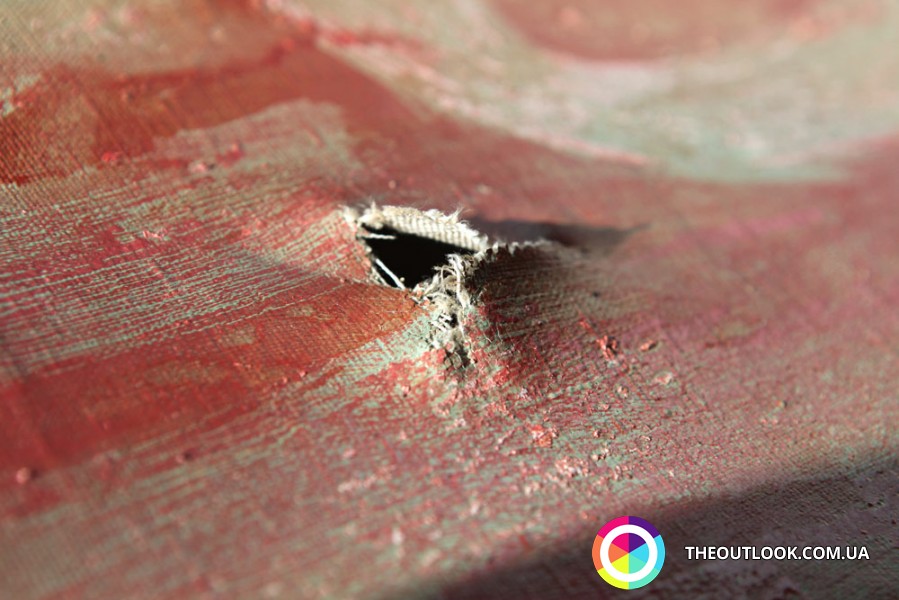
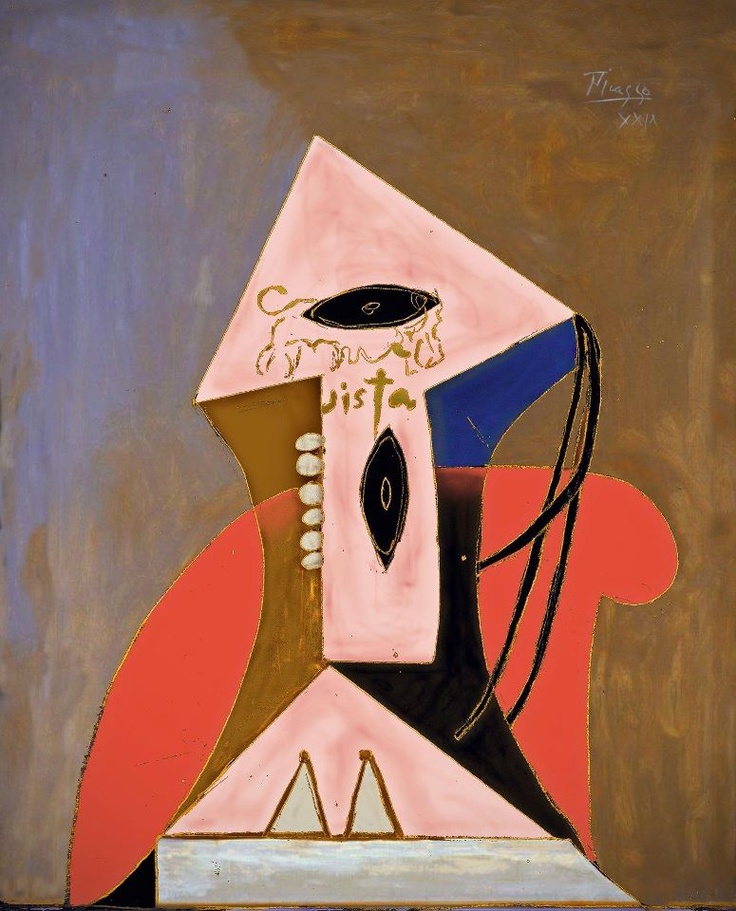 Most often vandals who defile high art call their acts political or any other kind of protest. This, by the way, was what the abovementioned Bronius Maygis declared. Among his most famous “followers” there is Uriel Landeros who in 2012 used a stencil and a spray to outrage Picassso’s painting “Woman in a Red Armchair”. A young man added a bull and a torero to the work, signing his art “Conquista”. After a while thank to joint efforts of Mexican and American police Laderos was arrested. Weird as it may sound, but as soon as he was given a chance to speak, he declared his love to Picasso.
Most often vandals who defile high art call their acts political or any other kind of protest. This, by the way, was what the abovementioned Bronius Maygis declared. Among his most famous “followers” there is Uriel Landeros who in 2012 used a stencil and a spray to outrage Picassso’s painting “Woman in a Red Armchair”. A young man added a bull and a torero to the work, signing his art “Conquista”. After a while thank to joint efforts of Mexican and American police Laderos was arrested. Weird as it may sound, but as soon as he was given a chance to speak, he declared his love to Picasso.
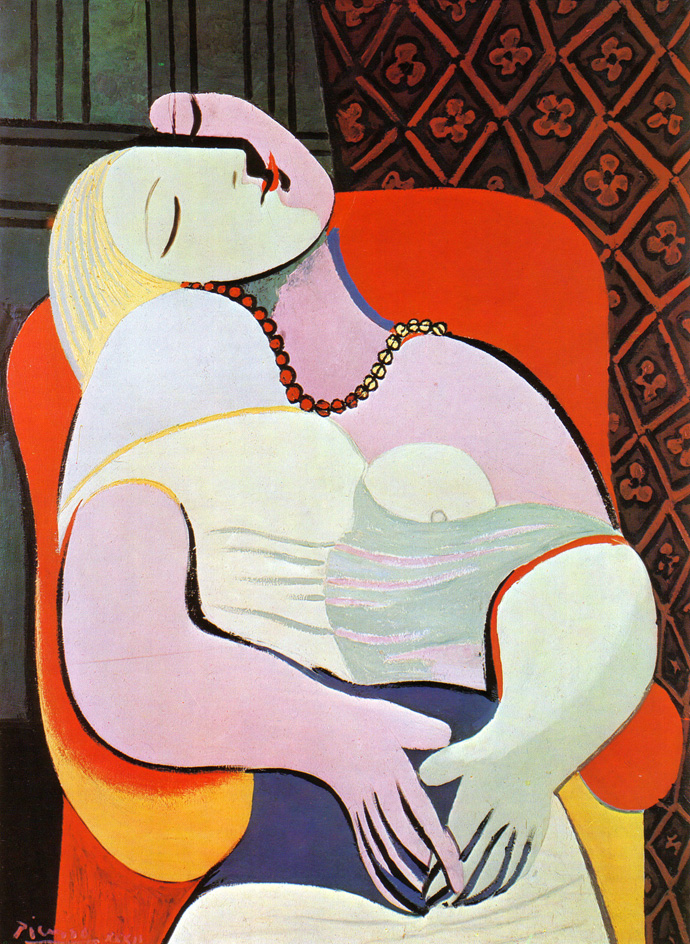 Sadly, the Spanish master’s works “come in the way” of vandals more often than works of nearly any other painter. And while cases of “Woman in a Red Armchair” or “Guernica’s” insult in 1974 (a scrawl was left on it, too) can be called planed actions, the thing that happened to “the Dream” looks more like a malign fate. In 2006 its owner, gabling tycoon Steve Wynn, when showing the canvas to his friends, made a flounce and tore it. But that’s not all. Virtually several days before the force majeure, the unfortunate collector entered into a contract to sell the masterpiece against 139 million dollars. Ultimately, the deal was fulfilled only in March, 2013, after conclusion of restoration works. Now that we mentioned them, they didn’t affect the price negatively. Rather on the contrary – 155 million dollars were paid for “The Dream”.
Sadly, the Spanish master’s works “come in the way” of vandals more often than works of nearly any other painter. And while cases of “Woman in a Red Armchair” or “Guernica’s” insult in 1974 (a scrawl was left on it, too) can be called planed actions, the thing that happened to “the Dream” looks more like a malign fate. In 2006 its owner, gabling tycoon Steve Wynn, when showing the canvas to his friends, made a flounce and tore it. But that’s not all. Virtually several days before the force majeure, the unfortunate collector entered into a contract to sell the masterpiece against 139 million dollars. Ultimately, the deal was fulfilled only in March, 2013, after conclusion of restoration works. Now that we mentioned them, they didn’t affect the price negatively. Rather on the contrary – 155 million dollars were paid for “The Dream”.
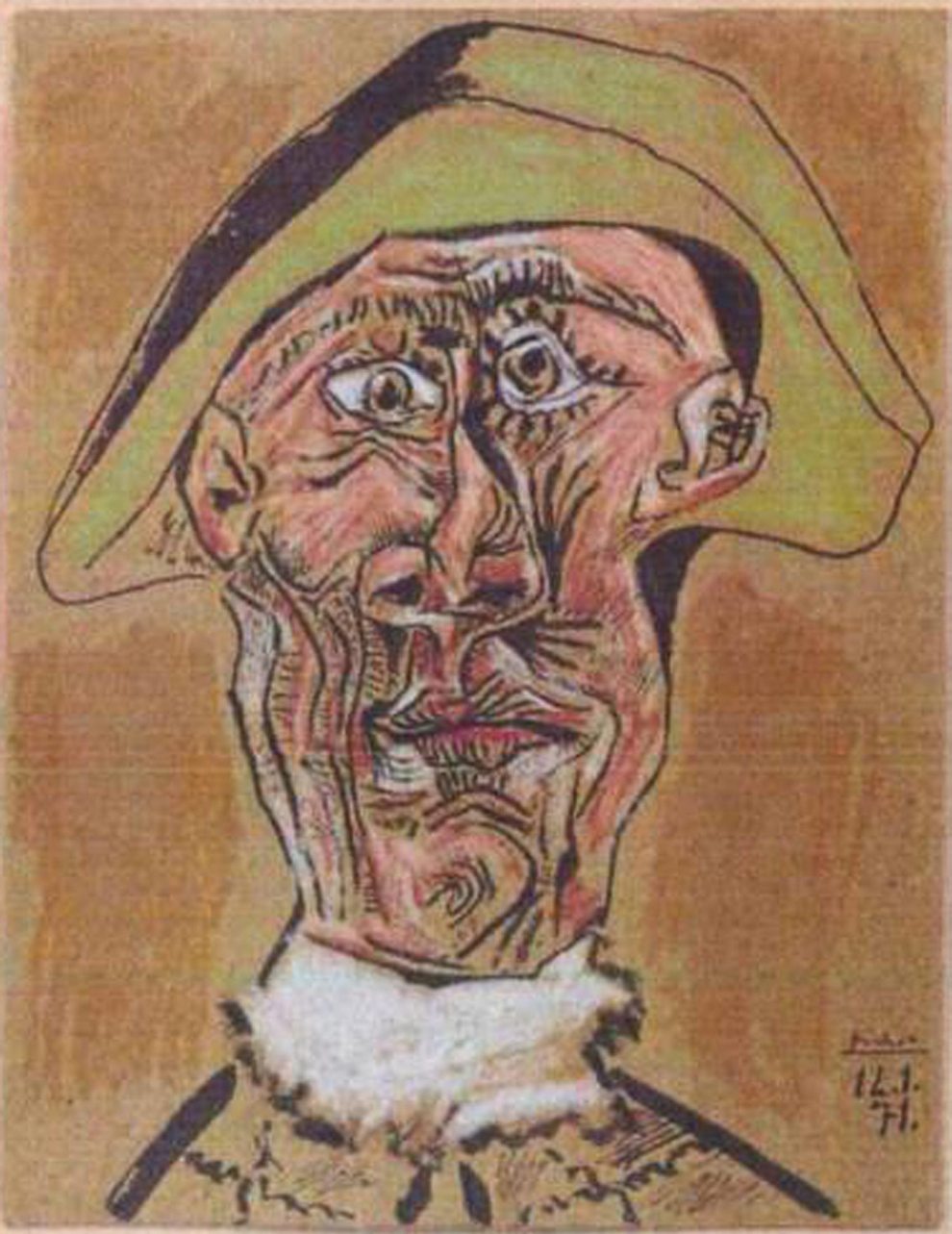 While they managed to save the abovementioned Pablo’s work, his painting “Harlequin’s Head” fell off the edge of earth forever. It was destroyed as evidence together with creations of Matisse, Gauguin and Monet after a robbery of Rotterdam museum Kunstghal. When police tracked the thieves, mother of one of the suspects, Olga Dogaru, burned a suit case where her son and his accomplices kept stolen property. Unfortunately, only pigment and nails were left of great canvases. According to experts’ estimations, joint value of the paintings constituted 150-200 million dollars.
While they managed to save the abovementioned Pablo’s work, his painting “Harlequin’s Head” fell off the edge of earth forever. It was destroyed as evidence together with creations of Matisse, Gauguin and Monet after a robbery of Rotterdam museum Kunstghal. When police tracked the thieves, mother of one of the suspects, Olga Dogaru, burned a suit case where her son and his accomplices kept stolen property. Unfortunately, only pigment and nails were left of great canvases. According to experts’ estimations, joint value of the paintings constituted 150-200 million dollars.
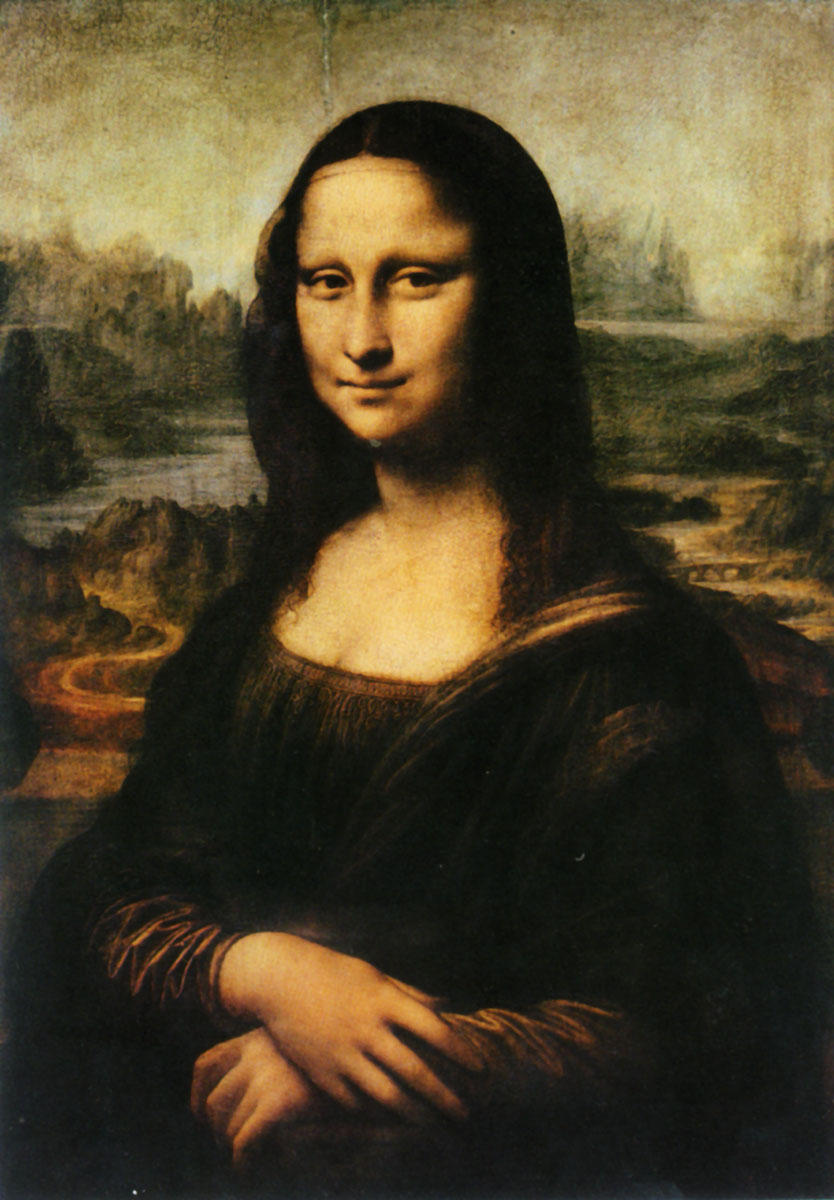 The most famous portrait of the world, Mona Lisa, also has its “scars”. In 1956 it was thrown a stone and sulfuric acid at. In 20-something years during an exhibition in Tokyo a woman who disapproved of the museum’s policy concerning disabled people, attempted at spraying paint at da Vinci’s work. After these attempts, Gioconda was placed behind a bullet-proof glass that, speaking of one, saved it in 2009 when a Russian woman who failed to obtain French citizenship, threw a ceramic cup at it. We hope that Mona Lisa will keep smiling despite everything.
The most famous portrait of the world, Mona Lisa, also has its “scars”. In 1956 it was thrown a stone and sulfuric acid at. In 20-something years during an exhibition in Tokyo a woman who disapproved of the museum’s policy concerning disabled people, attempted at spraying paint at da Vinci’s work. After these attempts, Gioconda was placed behind a bullet-proof glass that, speaking of one, saved it in 2009 when a Russian woman who failed to obtain French citizenship, threw a ceramic cup at it. We hope that Mona Lisa will keep smiling despite everything.
 Vandalism trend of the 21st century – great canvases are spoiled by other painters. It is surprising, because they of all people should know how very mean such actions are. But no – they even try to become famous this way. Take, for instance, a Pole Wlodzimierz Umaniec who two years ago defaced Mark Rothko’s painting “Black on Maroon” by writing on it “a potential piece of yellowism”. It is a term the wrecker and his companions use to call artistic movement they created that so far interests only them, police and psychiatrists.
Vandalism trend of the 21st century – great canvases are spoiled by other painters. It is surprising, because they of all people should know how very mean such actions are. But no – they even try to become famous this way. Take, for instance, a Pole Wlodzimierz Umaniec who two years ago defaced Mark Rothko’s painting “Black on Maroon” by writing on it “a potential piece of yellowism”. It is a term the wrecker and his companions use to call artistic movement they created that so far interests only them, police and psychiatrists.
 However there are exceptions to “paintings-outrage” as well. Back to trend of a “painter spoils works of others” we can’t but mention Banksy. In 2013 the man of mystery bought against 50 dollars an unremarkable canvas with mountain scene to add a nazi on a bench to it. Such tuning instantly turned an ordinary painting into a lot titled “The Banality of the Banality of Evil” that was sold against 615 thousand dollars at auction. Money raised went to charity, by the way.
However there are exceptions to “paintings-outrage” as well. Back to trend of a “painter spoils works of others” we can’t but mention Banksy. In 2013 the man of mystery bought against 50 dollars an unremarkable canvas with mountain scene to add a nazi on a bench to it. Such tuning instantly turned an ordinary painting into a lot titled “The Banality of the Banality of Evil” that was sold against 615 thousand dollars at auction. Money raised went to charity, by the way.
Photo from open sources





















